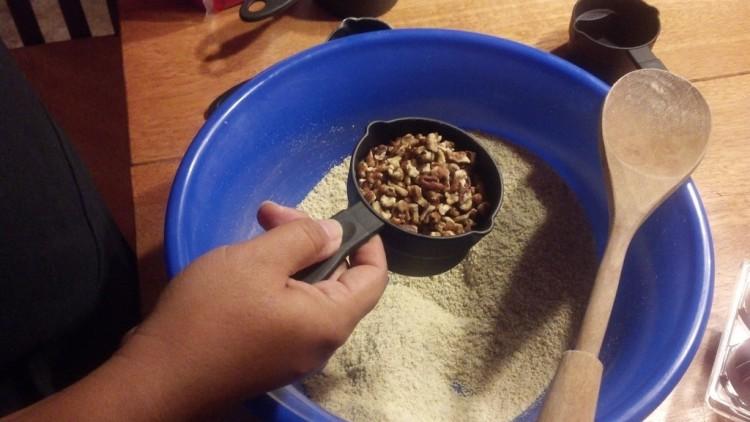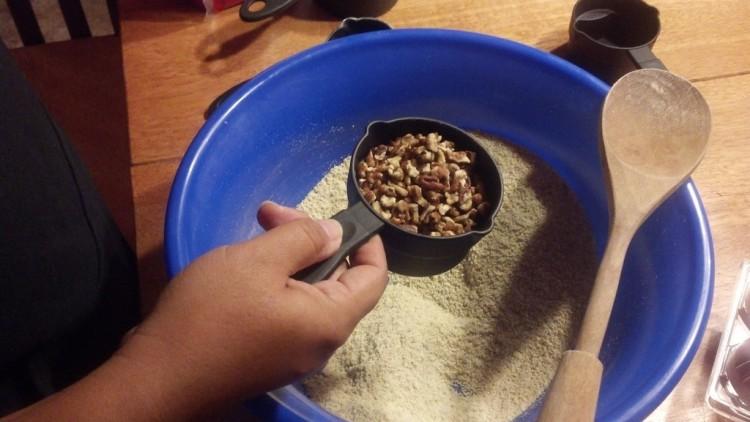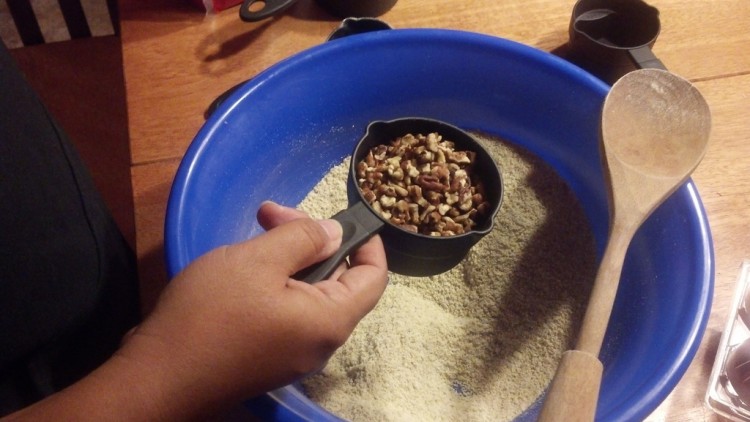Martin Reinhardt has spent the last seven months stepping back in time. His destination is pre-colonial America. His vehicle, food.
Reinhardt is a professor of Native American studies at Northern Michigan University and an Anishinaabe Ojibwa citizen of the Sault Ste. Marie Tribe of Chippewa Indians. In 2010 he got an idea for a unique research project: What would it be like to spend a year eating only the pre-colonial foods his ancestors ate?
“How would we access the foods? How would we be able to identify them in nature? What would it do to our bodies? Would it even be possible?” he asked.
To answer these questions, Reinhardt devised the Decolonizing Diet Project (DDP). In March 2012, a diverse group of study participants began restricting all, most, or a significant portion of their daily food intake to the indigenous plants and animals of the Great Lakes region. Subjects undergo regular checkups to track their progress.
While sticking to any diet can be a challenge, Reinhardt says the first hurdle in his study was determining what they would actually eat.
“When you go out for other ethnic dishes, you kind of know what they are,” he said. “When it comes to American Indian food, we really don’t have much of an opportunity to see that in our daily lives. You can’t order the indigenous platter. You don’t see the American Indian aisle in the supermarket. It’s kind of a hidden area of cuisine.”
To create his master food list (available online along with a number of test driven recipes) Reinhardt focused his attention exclusively on the Great Lakes region.
Starting with the plants and animals determined by the U.S. Department of Agriculture to be truly native species, researchers compiled a variety of ingredients that would seem pretty exotic to most Americans—elk, duck eggs, cattail hearts, and morel mushrooms, to name a few.
The study also includes some plants brought to the area by tribes who originated from beyond the Great Lakes. But Reinhardt set a strict boundary with imports that emerged after the early 1600s.
“We’re very purposeful in how we labeled this project. It’s a decolonizing process,” he said. “That doesn’t mean we’re trying to send everybody home from where they came from. We’re just trying to figure out where we can identify what is indigenous, and what is truly accessible for a human being that is indigenous to this area.”
To this end, the diet even shuns modern agricultural developments. Participants eat both wild and domestic turkey, but not birds adulterated with additives and chemicals. Corn is on the menu, but not if it is genetically engineered.
For all the native foods he’s identified, Reinhardt admits it is still a rather narrow band on the readily available culinary spectrum. But he says that participants have worked hard to make the most of these regional ingredients.







